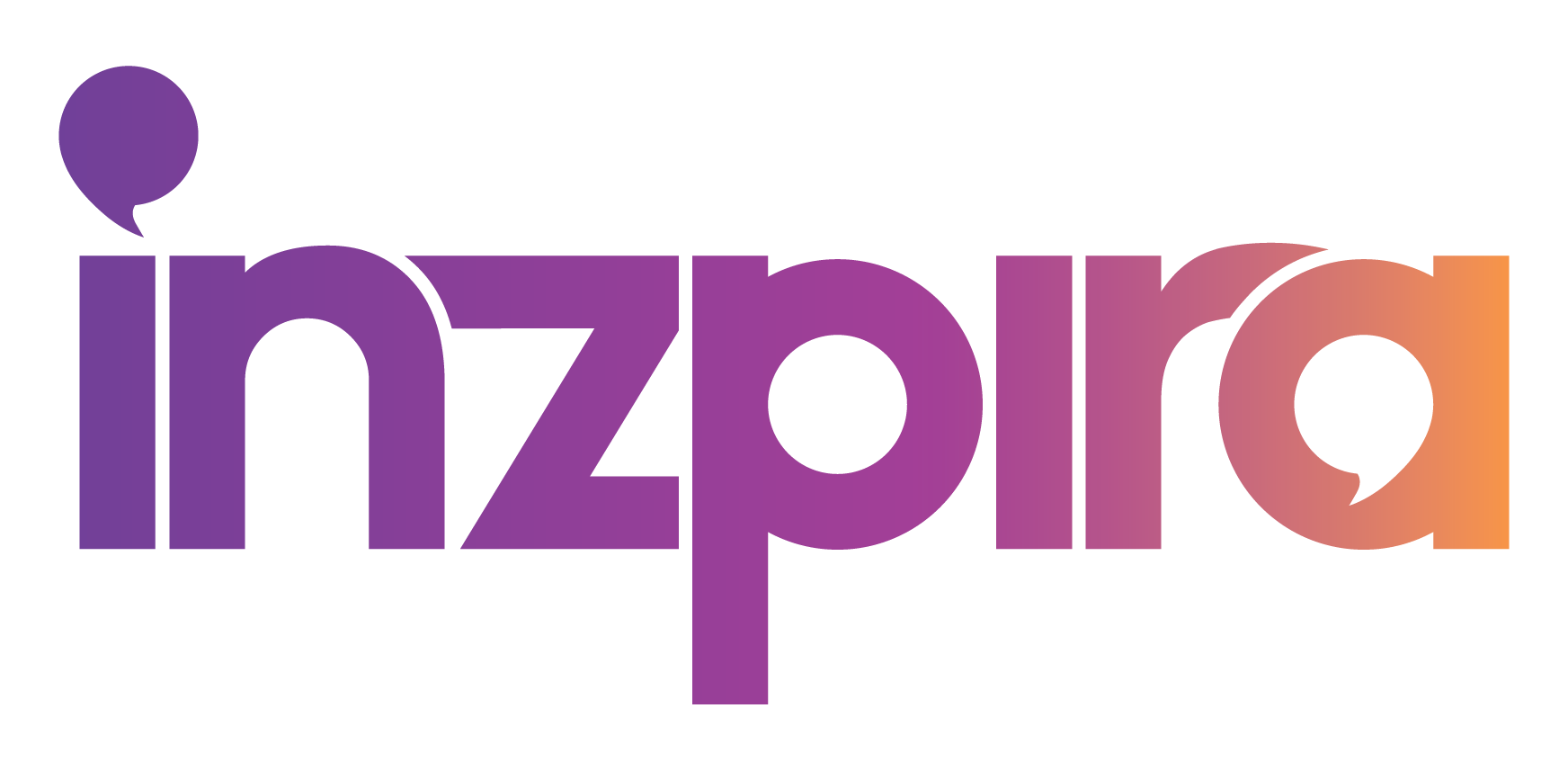How To Implement Diverse Learning Styles in Digital Classrooms
How To Implement Diverse Learning Styles in Digital Classrooms

In today’s educational landscape, the shift to digital classrooms has highlighted the necessity of adapting teaching methods to accommodate diverse learning styles. Understanding and addressing these differences can significantly enhance both student engagement and educational outcomes. This blog post explores how educators can effectively recognize and cater to various learning preferences in an online setting, ensuring that all students have the opportunity to thrive.
Understanding Learning Styles
Learning styles refer to the various ways people absorb, process, and retain information. Commonly identified styles include:
- Visual Learners: These students learn best through visual means such as diagrams, charts, and written instructions.
- Auditory Learners: They prefer listening to learn and understand better through lectures, discussions, and auditory media.
- Reading/Writing Learners: This group finds it easier to learn through reading texts and writing notes.
- Kinesthetic Learners: These learners excel through hands-on activities and moving while learning.
- Social Learners: Prefer interactive learning environments with group discussions and collaborative projects.
- Solitary Learners: They thrive in self-paced, independent learning scenarios without much social interaction.
Assessing Learning Styles
To effectively cater to each student’s unique learning style in a digital classroom, educators first need to assess their students’ preferences. This can be achieved through online surveys, quizzes, and observation of students’ interaction with different types of content and activities. Understanding these preferences helps in tailoring the instructional approach to meet varied educational needs.
Digital Tools and Resources
Leveraging digital tools is pivotal in addressing the varied learning styles:
- Visual Tools: Incorporate infographics, diagrams, and slide presentations.
- Audio Tools: Utilize podcasts, audio lectures, and discussions to aid auditory learners.
- Interactive Texts: Offer ebooks and hyperlinked documents for those who prefer reading and writing.
- Simulations and Virtual Labs: Use these for kinesthetic learners, allowing them to engage directly with the material.
- Collaboration Platforms: Tools like forums and video conferencing can facilitate group work and discussions for social learners.
- Self-paced Modules: Provide these for solitary learners, allowing them to control their learning environment and pace.
Challenges in Adapting to Learning Styles
Adapting teaching methods to suit various learning styles presents several challenges, particularly in a digital context. These include ensuring accessibility, maintaining student engagement, and providing equitable attention to all students. To overcome these challenges, educators should employ a flexible approach that incorporates multiple teaching strategies and materials. This ensures that no student’s learning style is neglected.
Embracing diverse learning styles in digital classrooms is not just a necessity but a significant opportunity to enhance educational delivery. By understanding and integrating various educational tools and strategies, educators can create a more inclusive, effective, and engaging learning environment. As digital classrooms continue to evolve, so too should our approaches to education, ensuring that all students receive a rich, tailored learning experience that fosters true understanding and growth.


